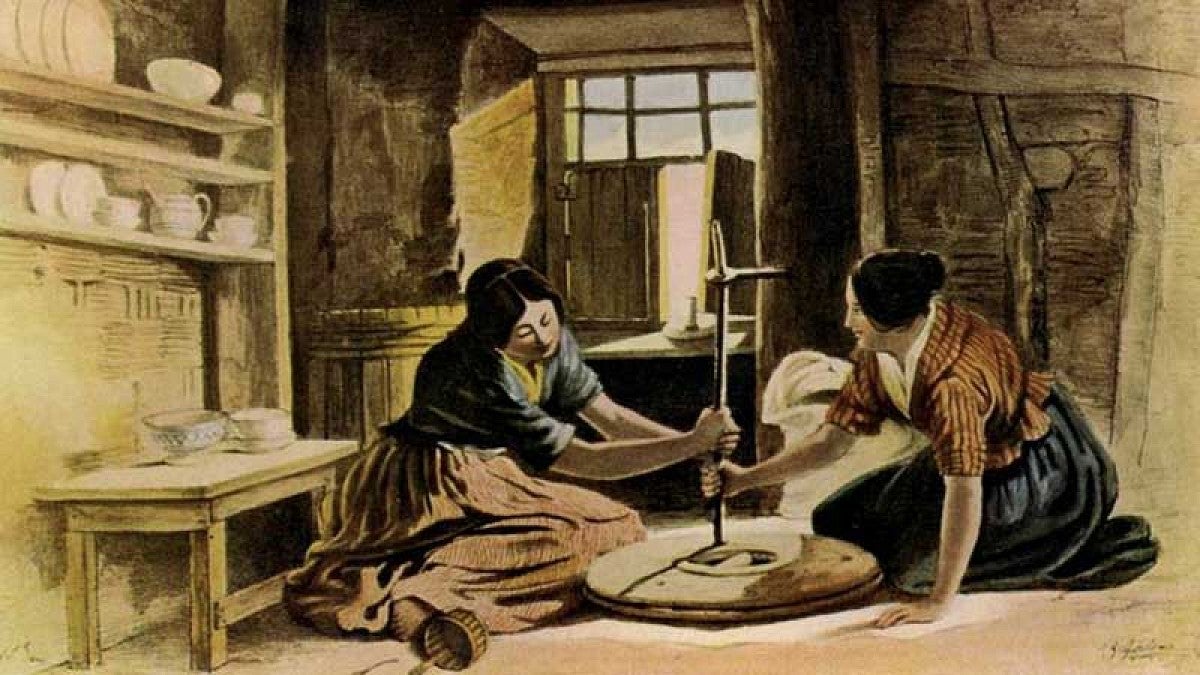UO English professor Martha Bayless has been cooking more meals with her son throughout the COVID-19 pandemic, because she believes the kitchen is a place where history should repeat itself.
Bayless points to humanity’s historical relationship with cooking as an inspiration for people facing the chore of making 28 meals per week at home, with restaurants and takeout limited during the coronavirus outbreak. Cooking used to be a more social endeavor than it is today, she said, which helped reduce the kind of fatigue and frustration she’s seen many people experience through the heightened volume of pandemic cooking at home.
“So many people are exhausted by the number of meals they’ve been cooking at home during the pandemic,” said Bayless, who studies the history of bread as a cultural force with the Early English Bread Project. “But for millennia, when takeout didn’t exist, women made every meal at home and the hearth was the center of community. It would be a bustle of activity, not just one person working alone in a kitchen. That made it a really different experience."
Communal cooking was driven by necessity, as it was nearly impossible for people to prepare meals alone; tasks like grinding flour required more than one person. So women from the extended family or from the neighborhood would gather to help in the kitchen.
As a result, cooking was a daily social opportunity for friends and neighbors. It became a very interactive experience as they would converse, gossip and share work songs and rituals while making meals. Even the children always had a job helping.
“Cooking was much less isolating and much more of a community experience,” Bayless said. "No one ate alone, but before that, no one cooked alone. Everyone was needed, and everyone was valued. We have an opportunity to learn from things we’ve lost during the pandemic, and deliberately integrate people into our cooking. People weren't meant to cook alone.”
And while the pandemic may restrict what that looks like due to physical distancing efforts, people still have ways to make cooking a more social exercise, Bayless said. She suggests incorporating members of one’s own household, as she’s doing with her son, cooking together over Zoom and other digital platforms, tackling the same recipe as a friend on the same night or calling a friend while chopping vegetables. Some families are gathering by Zoom for weekly or daily meals, cooking and eating together by long distance.
She’s also embracing this historical lesson for her research into the history of bread as she conducts long-distance bread research. She's been collecting bread folklore reports from a UO alumnus who's spending the pandemic on Kihnu Island off the coast of Estonia, and sharing bread experiments with her project collaborator, who is based in England.
—By Emily Halnon, University Communications


